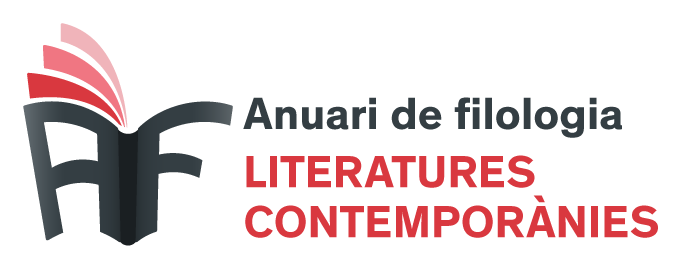Submissions
Submission Preparation Checklist
As part of the submission process, authors are required to check off their submission's compliance with all of the following items, and submissions may be returned to authors that do not adhere to these guidelines.- The submission has not been previously published, nor is it before another journal for consideration (or an explanation has been provided in Comments to the Editor).
- The submission file is in OpenOffice, Microsoft Word, RTF, or WordPerfect document file format.
- Where available, URLs for the references have been provided.
- The text is single-spaced; uses Palatino Linotype with a 12-point font; employs italics, rather than underlining (except with URL addresses); and all illustrations, figures, and tables are placed within the text at the appropriate points, rather than at the end.
- The text adheres to the stylistic and bibliographic requirements outlined in the Author Guidelines, which is found in About the Journal.
- If submitting to a peer-reviewed section of the journal, the instructions in Ensuring a Blind Review have been followed.
Articles
PolíticaDOSSIER: KOLONIALISM AND MIGRATIONS IN CONTEMPORARY LITERATURE
Volker Jaeckel, Gabriela Gomes de Oliveira, Luiz Henrique Coelho (ed.)
Copyright Notice
The authors who publish in this journal agree to the following terms: Authors retain copyright and grant the journal the right of first publication.Texts will be published under a Creative Commons Attribution License
that allows others to share the work, provided they include an acknowledgement of the work’s authorship, its initial publication in this journal and the terms of the license.Privacy Statement
Body responsible | Office of the General Secretary of the University of Barcelona |
Objective | If you register as an author or reviewer, the objective will be to organize the completion of the different functions associated with the journal to which you register. If you register as a reader, the objective will be to send you information about the journal to which you register. |
Legitimate basis | Consent of the interested party |
Target audience | The University and those responsible for the processing, if applicable. The transfer of data to third parties is not covered, except when there is a legal obligation. |
Rights | Right of access, right to rectification, right to erasure of your data, right to request data portability and restriction of processing. |
Additional information | For further information, please visit this link: http://hdl.handle.net/2445/122803 |






